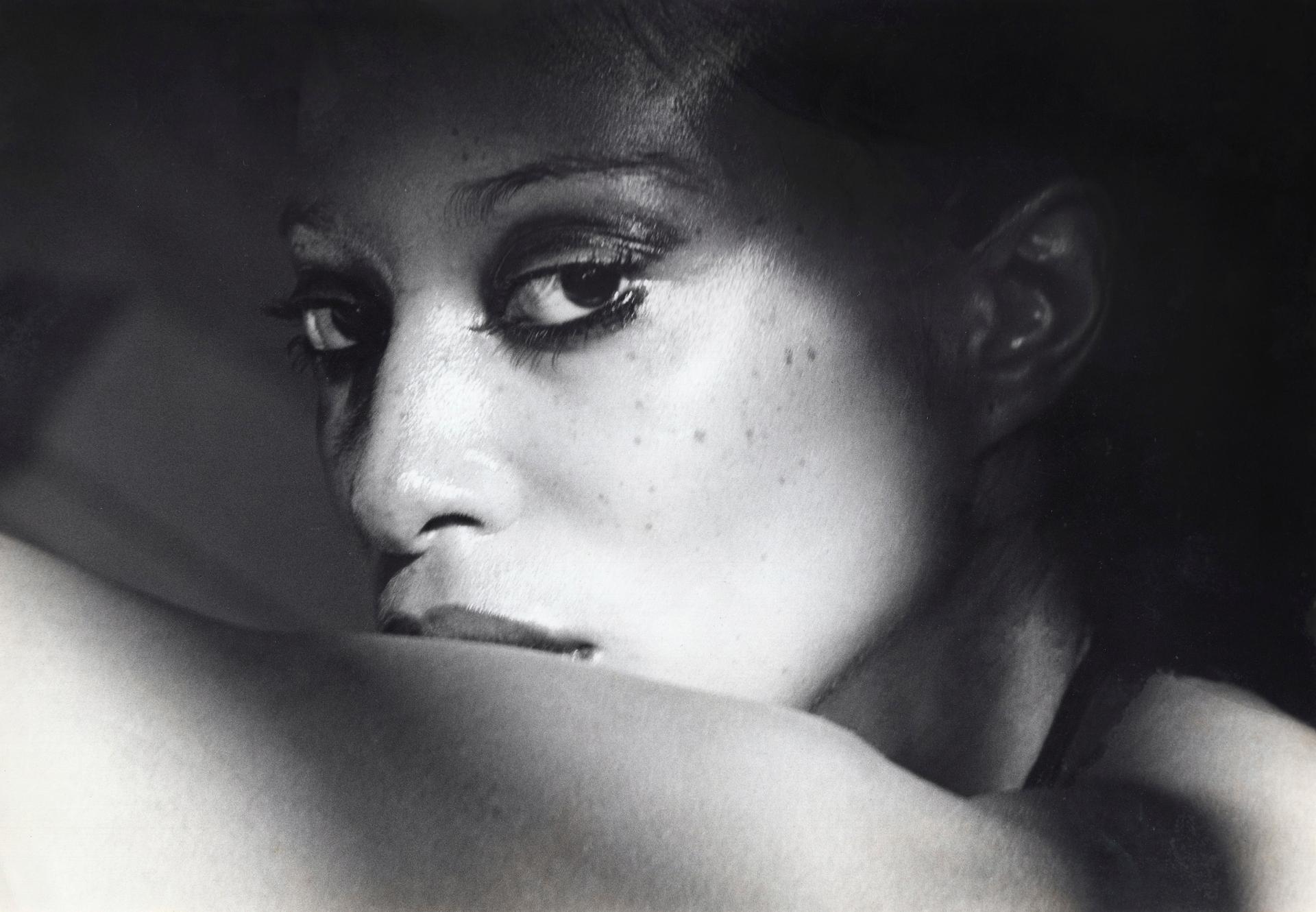
As the first Black model to grace the cover of Vogue and Harper’s Bazaar, a muse to Andy Warhol and Salvador Dali and a film star, Donyale Luna’s life story was ready made for Hollywood. So how did the statuesque beauty who broke down barriers go unknown for years?
A new documentary on her life sheds light on that, unearthing the racism she faced in the fashion industry and the high-profile gatekeepers who tried to stop her career. “Donyale Luna: Supermodel," streaming now on Max, is a powerful retelling of the life and death of the otherworldly supermodel who captivated the fashion world when white beauty standards were the only standards, and 1960s America was rife with racial inequality.
Luna's daughter, Dream Cazzaniga, narrates her mother's diaries, allowing the model's complexities to be revealed.
While many reached out in the past to tell her mother’s story, Cazzaniga said director Nailah Jefferson and the producers were able to help her tell her mother’s story in a way that was in tune with her personality and creativity, allowing her true voice to finally be heard.
Luna died in 1979 when Cazzaniga was only 18 months old of heart failure due to drug-related complications. For Cazzaniga, the documentary was a cathartic process for her to gain a greater understanding of her mother.
“I really felt it was about time and that her story needed to be known,” she said.
Born Peggy Ann Freeman in Detroit, Luna was scouted at 14 in her hometown by British photographer David McCabe. At age 19, she would leave behind her tough childhood and move to New York. Three months later, she was on the cover of Harper’s Bazaar. Rather than present her as the beautiful brown skinned woman she was, the magazine portrayed her as a drawing with peachy light skin.
Mesmerized by Luna, legendary fashion photographer Richard Avedon signed her for a contract. The two would go on to create images unlike anything being done at the time. The documentary features archival video footage of the two working together. Avedon died in 2004 at 81.
In 1965, Avedon would then feature Luna in a Harper’s Bazaar spread for an issue he was guest editing. The shoot would unleash a storm of backlash that cost Harper’s subscribers and advertisers. Gideon Lewin, a photographer and Avedon’s former assistant, says in the documentary they were told not to “do it again.”
While premier photographers wanted to work with Luna, Jefferson said they were not given the platform to feature her.
“She was there and willing, hardworking, striking and innovative in everything that she was doing,” Jefferson said. “We just couldn’t understand why she could only make it so far.”
The Harper’s Bazaar incident did not stop Avedon from pushing for Luna even though others pushed back. Perhaps, the most painfully shocking moment in the documentary is the revelation about how former Vogue Editor-in-chief Diana Vreeland put an end to what could’ve further skyrocketed Luna’s career. Avedon had cast Luna to model for an infamous American Vogue shoot in 1966 known as “The Great Fur Caravan” where she was set to model furs in snowy Japan.
Before they flew out, Vreeland told Avedon that he could not take Luna because she was “nobody’s idea of what anybody wants to look like.”
According to Avedon’s writings used in the documentary, the photographer responded: “She is extraordinary.”
“So was King Kong,” was Vreeland's response, according to Avedon.
Hearing about that moment on camera supermodel Beverly Johnson burst into tears.
“It’s a culmination of all the pain,” Johnson says in the film. “That’s why it hurts so bad.”
Even with the barriers and resistance she faced for the color of her skin, the documentary reveals how Luna was propelled by her own drive and pursuit of creative freedom even when others tried to get in the way.
Where the U.S. industry placed limits on who she could be and her career, Luna found more success overseas. A move to London surged her career forward and in a momentous feat landed the cover of Vogue as the magazine's first Black cover model, shot by renowned photographer David Bailey.
She would then make a cameo in two fashion films “Blow-up” based on Bailey and “Qui êtes-vous, Polly Maggoo?” As she began to move on from modeling, she explored her boundless creativity with more avant-garde films.
While in Rome, Luna met her husband, photographer Luigi Cazzaniga, in 1969. Her daughter Dream was later born a decade later in the Italian countryside.
Despite all the fashion world’s characterizations of Luna as a goddess, a fairy, a celestial being and a supermodel, Luna’s writings reveal the intense loneliness and depression she grappled with in the final days of her life.
Through “Donyale Luna: Supermodel,” Dream Cazzaniga said at last her mother's legacy and contribution to fashion history can at last be seen and understood.
“I know in my heart that she was finally recognized for what she accomplished,” she said.